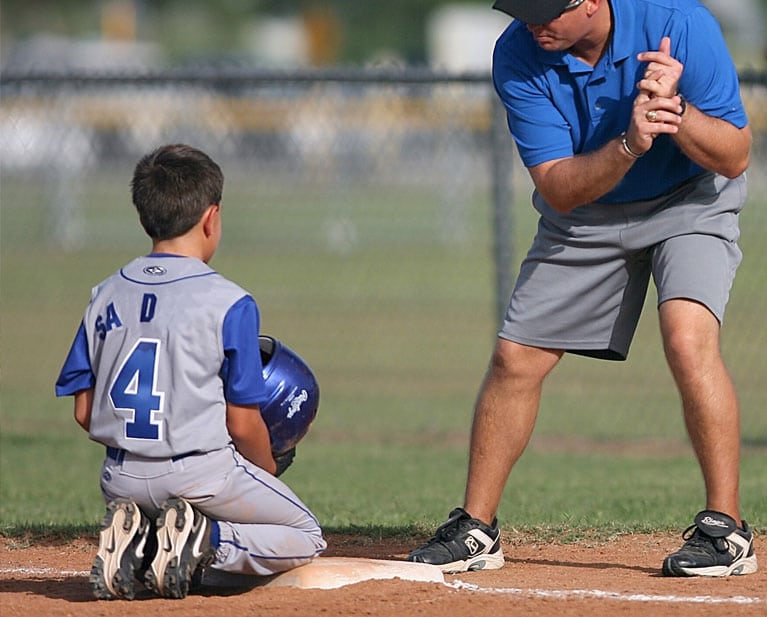For the past couple of weeks, we have discussed the rise in pediatric and adolescent sports injuries, their causes, and possible steps to prevent or reduce these injuries. In part 3 of our Pediatric Sports Conditions series, we touched on the psychological component behind these injuries. This week I would like to highlight the importance of the coaches' role in keeping child athletes safe.
Education for Youth Coaches
There are a variety of coaching certification programs that establish training and conditioning standards in the pediatric population, and it is vital that coaches attend such programs and receive a proper education. Additionally, coaches should study and review techniques and skills needed in youth sports, what risks are specific to pediatric sports, the physiology of growing and developing bodies, the effect of physical activity on physically immature bodies, and the psychology of young athletes.
The coaches also need to motivate their athletes to participate in year-round conditioning programs, and about eight weeks before the beginning of the season, initiate sports-specific programs targeting aerobic fitness, flexibility, and strength training.
Encouraging a Healthy Mindset
The "win at all costs" mentality that is prevalent among professional athletes and often encouraged by coaches, parents, and society at large has a significant impact on young athletes. The importance of participating for enjoyment should be emphasized to athletes, and the importance of winning should be de-emphasized.
A competitive mentality and the use of ergogenic aids and nutritional supplements by professional athletes has increased their use by the pediatric population. Both of these components need to be combated with proper educational programs.
If you have any questions or concerns about your child's sports involvement or teams they play on, reach out to your local SET Physical Therapy for more information.
Note: The information in this series originally appeared in "Injuries in the Pediatric Athlete: Etiology and Strategies for Prevention," which Chana Frommer co-authored.





